An alternative to building a framework via the Xcode IDE is to build it from the command line.
You can produce a release build of your framework for iphoneos devices with the following command:
xcodebuild -workspace TestSDK.xcworkspace -scheme TestSDK -configuration Release -sdk iphoneos
Change the value of the -configuration argument from Release to Debug in order to produce a debug build. Change the value of the -sdk argument from iphoneos to iphonesimulator in order to produce a build for Simulator devices.
Note that you may need to provide the -project argument instead of -workspace if your target is part of an Xcode project only and not part of an Xcode workspace. Run the xcodebuild -help command for the full list of xcodebuild options.
If you prefer to archive, you can do that from the command line also, as follows:
xcodebuild archive -workspace TestSDK.xcworkspace -scheme TestSDK -configuration Release -sdk iphoneos -archivePath "TestSDK_Release_iphoneos.xcarchive" SKIP_INSTALL=NO
Note that you can specify SKIP_INSTALL=NO as part of your project or target's Build Settings instead if you prefer.
Lastly, if you want to join up your iphoneos and iphonesimulator builds into a single binary, you can do that with the xcodebuild -create-xcframework command as follows:
xcodebuild -create-xcframework \
-framework "TestSDK_Release_iphoneos.xcarchive/Products/Library/Frameworks/TestSDK.framework" \
-framework "TestSDK_Release_iphonesimulator.xcarchive/Products/Library/Frameworks/TestSDK.framework" \
-output "TestSDK.xcframework"
See here for the official guide to creating an XCFramework.



